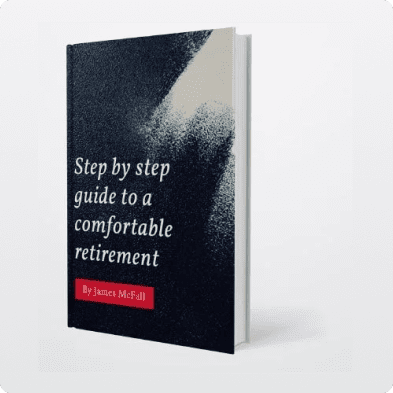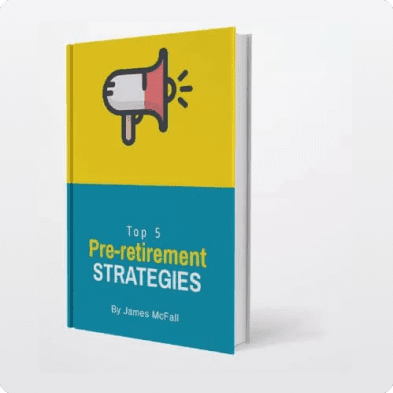Previously we outlined some of the most significant ‘cons’ of setting up an SMSF. While it is wise to be considerate of the reasons why a SMSF may not work for you, there are also several reasons why an SMSF could be a perfect solution. Below we outline some of the most significant benefits of SMSF.
Benefits of SMSF #1 – Increased Investment Choice and Flexibility
This is typically the most common reason as to why people choose to set up an SMSF. An SMSF can offer you almost the same flexibility you have to invest as an individual. Some of the most common investment choices are direct property and share trading, however SMSF can open options to invest in any number of things; including art, coins or even wine.
There are strict rules that surround how the investments must be managed, with the overarching ‘sole purpose test’. This in essence refers to the fact that an investment must be made with the ‘sole purpose’ of providing benefits at retirement. There are several rules that you must be aware of, that impact the investment decision.
Benefits of SMSF #2 – Potential Cost Savings
Once all costs associated to running the fund are considered, it is possible you will have a lower cost base through setting up an SMSF.
Fee differentials will depend on the investment strategy you adopt in the fund, however as a general rule, the fee benefits only become relevant once your balance exceeds $300,000-$500,000. The reason for the significant difference noted here, is influenced by the investment strategies you choose to adopt.

Benefits of SMSF #3 – Better Tax Planning Opportunities
One of the most appealing things about an SMSF, is that it provides you greater tax planning opportunities and flexibility. It is actually possible to run your fund so that you receive a tax refund at the end of the year, adding to your ultimate after tax investment return, which can work fantastically well for share investors for example.
Three of the best tax planning opportunities which exist include:
- Control over Capital Gains Tax – You can choose to sell assets considerate of Capital Gains. Public offer funds will sell down when they deem appropriate, without consideration of your individual tax position.
- Investing into shares with Franked Dividends – Shares that pay Franked Dividends give up to 30% tax credit, for tax the underlying company has already paid. Considering super funds are only taxed at up to 15%, it is actually possible to run your fund tax free or even to be eligible for a tax credit. This applies if your strategy is to favour high paying Franked Dividends.
- Insurance – You can own some of your personal insurances within your SMSF and claim a tax refund on premiums paid. If you need to claim on your insurance, there is a degree of additional control you have as trustees of your fund that can be tax advantageous.

Benefits of SMSF #4 – Opportunity to Borrow From the Bank to Invest in Real Estate
Since 2007, it has been possible to borrow in your SMSF, using what is commonly referred to as an installment warrant lending arrangement.
In theory, this is no different to borrowing personally, as you can leverage up your investment and therefore compound any positive return you might make. With this said, there are several things to consider with this strategy prior to jumping in.
Benefits of SMSF #5 – Opportunity to Pool Funds to Purchase a Larger Asset than You Otherwise Could
SMSF’S can have up to six members maximum. Typically, it is a structure which is shared among family members, while account balances are managed individually for tax purposes. However, it is possible to pool balances to make combined asset purchases. This can make it more affordable to purchase assets such as property.

Benefits of SMSF #6 – Opportunity for Business Owners to Purchase the Premises They Work From
This is a strategy that can work fantastically well for self employed people who own, or aspire to own, the commercial premises they work from.
Some of the advantages of this strategy include:
- You are the tenant – Unlike other commercial property purchases, you are not relying on demand from the market to ensure your property remains rented. Considering commercial tenancy demand is fuelled by the strength of the prevailing economy, there is a greater risk of low occupancy than residential property.
- You can get more into your super fund – In this scenario, you can theoretically make maximum pre-tax contributions to superannuation annually, as well as paying in the rent you pay yourself.
- You have some control over the rent you pay – Within reasonably market limits, you set the rent you pay
- You have control over when you sell your asset – If you sell your premises, once your super has been converted to a pension, it is possible to sell with 0% capital gains tax implications. This could naturally lend itself to when you are no longer in need of the premises for your business when you retire.
Yield Financial Planning is Here to Help
As Financial Planners, the team at Yield are specialists in navigating the criteria of SMSF. We at Yield ensure that managing and running your SMSF is simple for you. If you are interested in discussing SMSF, contact us today.
To Learn More About SMSF, Download Our eBook Below
Free: Guide to start your own SMSF
Please enter your email address to be able to download this e-book.This article was also featured on the Financial Planning Association (FPA) website.


















